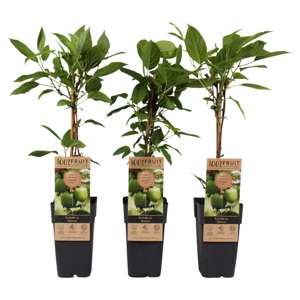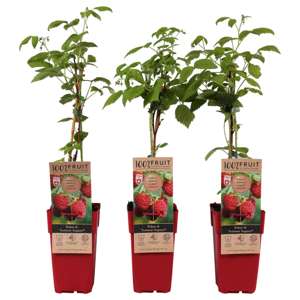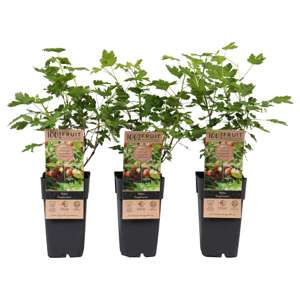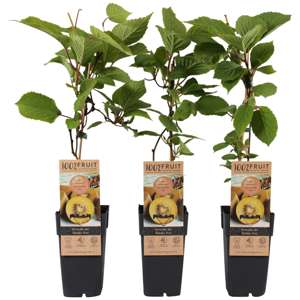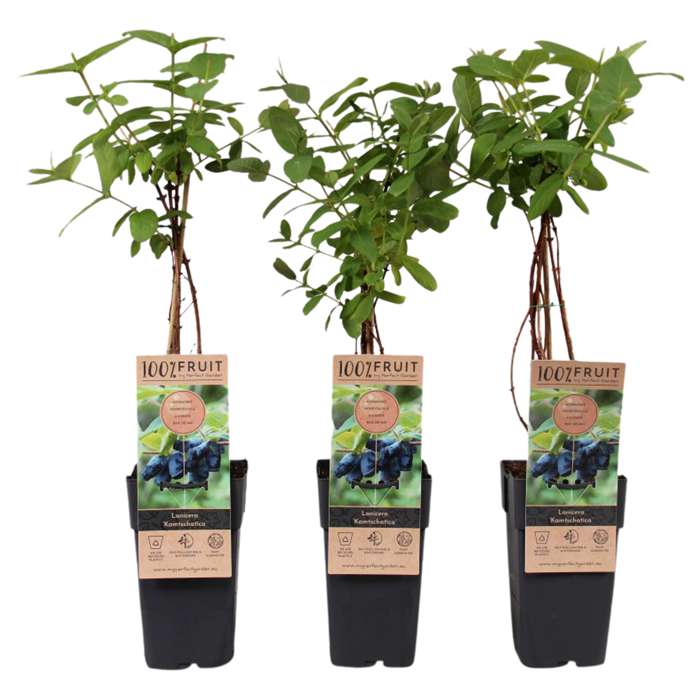
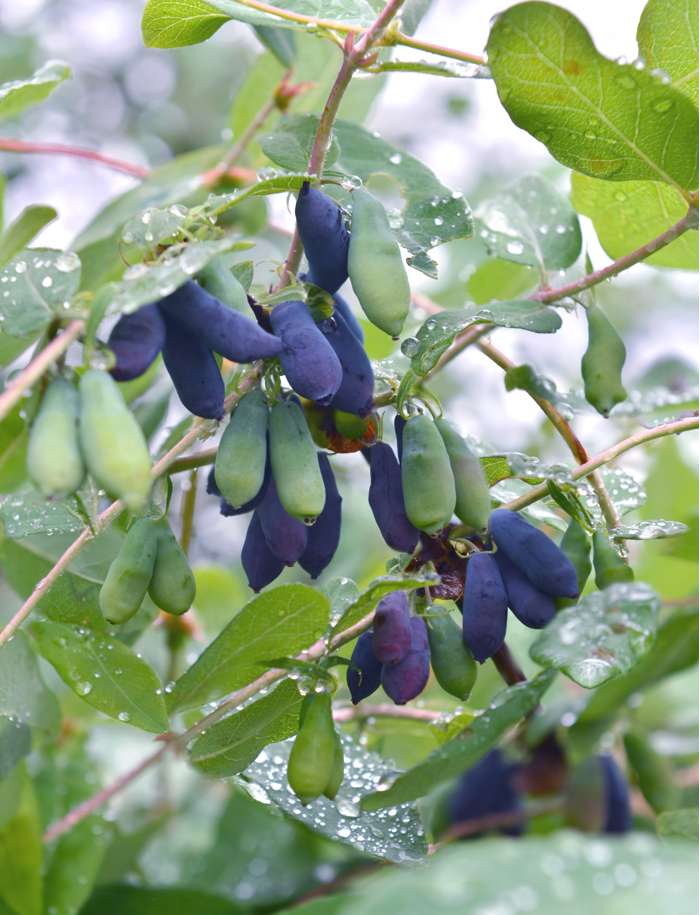
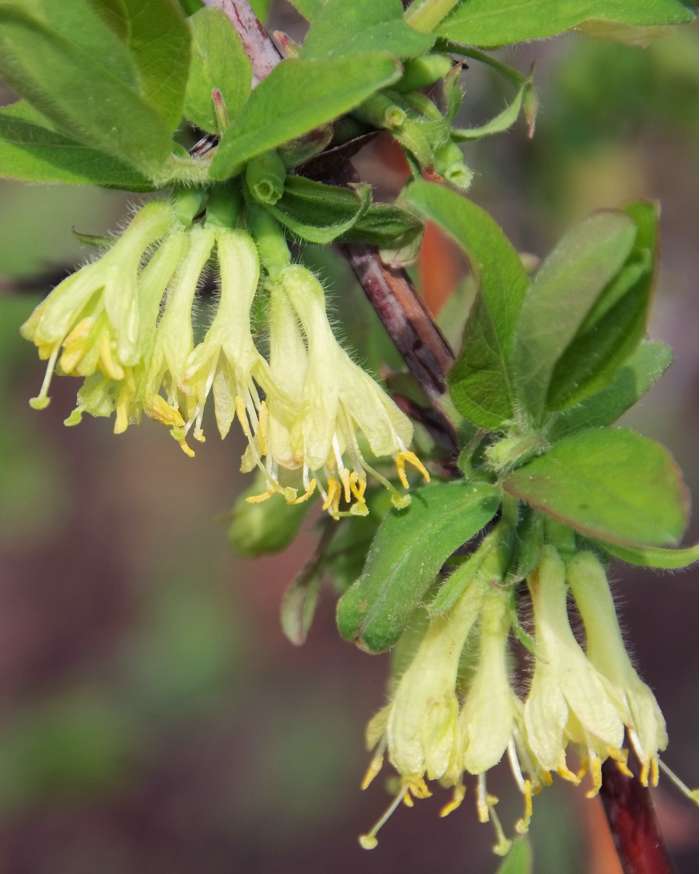
Lonicera Kamtschatica
Lonicera Kamtschatica’ is a blue honeysuckle berry that tastes similar to the blueberry. It originates in North-East Asia and Siberia and is still relatively unknown in the Netherlands. The shrub is very winter hardy and flowers already in March with inconspicuous green-yellow flowers. The honeyberry bush is self-pollinating, but when several plants are planted together […]
Vitamin berry
Hardy
Easy growing
Find our items at one of our online providers or a garden centre in your area:


Description
Lonicera Kamtschatica’ is a blue honeysuckle berry that tastes similar to the blueberry. It originates in North-East Asia and Siberia and is still relatively unknown in the Netherlands. The shrub is very winter hardy and flowers already in March with inconspicuous green-yellow flowers. The honeyberry bush is self-pollinating, but when several plants are planted together it gives a better harvest. Bumblebees take care of pollination and the fruits can already be harvested at the end of May or the beginning of June. The berries are dark blue in colour and have a special oblong shape. As the name Honeybee already says, the taste is deliciously sweet and they contain many vitamins. They contain a lot of pectin, vitamin B and C. The berries are suitable to use in a dish or to eat freshly picked. It grows to a maximum height of 150 cm, so pruning is hardly necessary. The ‘Lonicera Kamtschatica’ likes a place in the sun to semi shade in a permeable but slightly moist soil.
